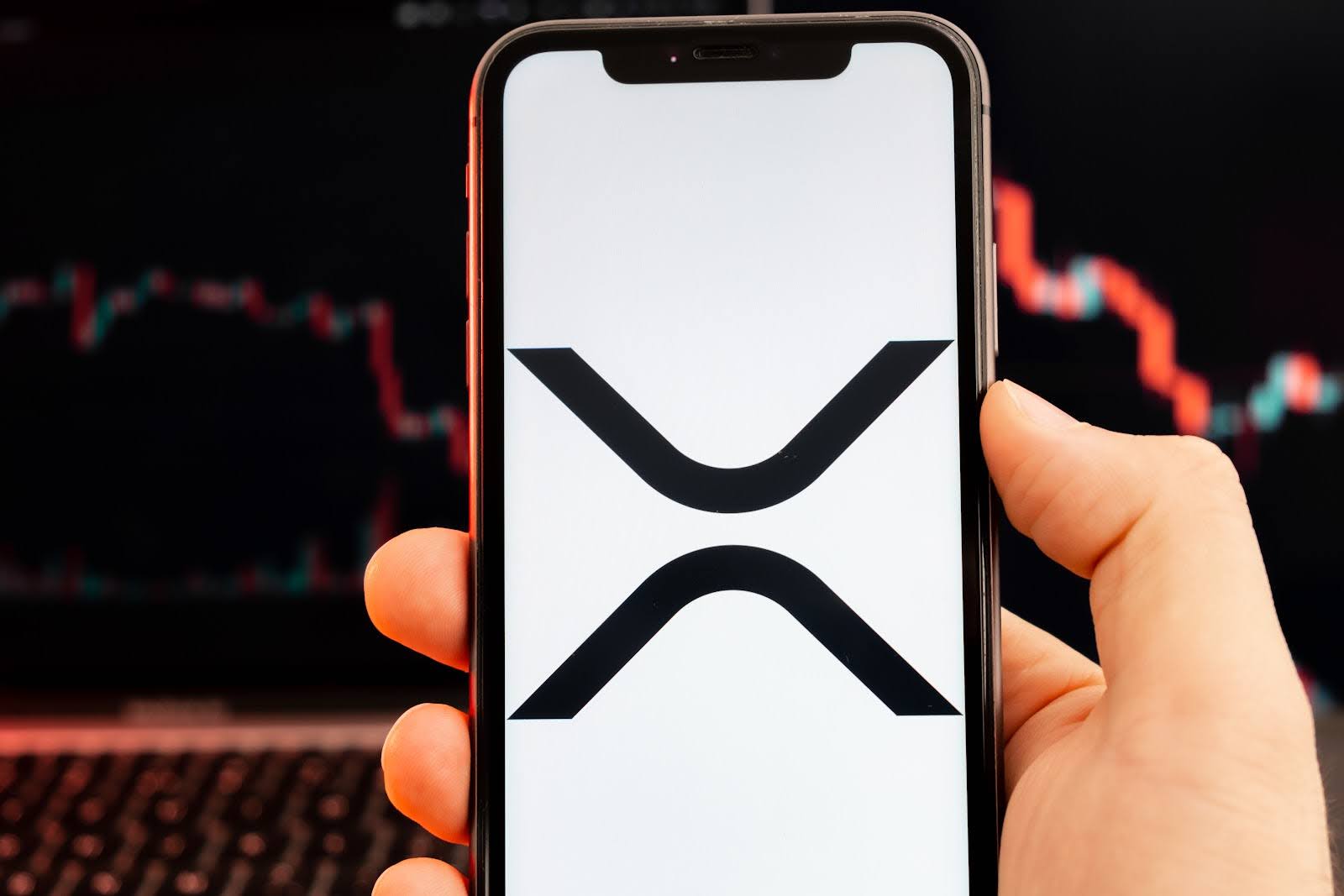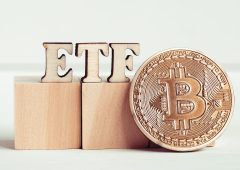Ripple Shifts $54M in XRP as SEC Prepares Appeal
06.09.2024 18:00 1 min. read Alexander Stefanov
On Friday, Ripple, a prominent American blockchain payments firm, executed a significant transfer of 100 million XRP, valued at approximately $54 million.
This large movement coincides with ongoing developments in Ripple’s legal battle with the U.S. Securities and Exchange Commission (SEC), which has recently indicated a potential appeal.
Ripple’s transaction, tracked by Whale Alert on September 6, involved moving the coins to an unknown address.
This move comes as the SEC has agreed to a stay order on a $125 million settlement, which has fueled speculation about the possibility of an appeal. The stay allows Ripple to hold off on paying the settlement while the legal proceedings continue.
Additionally, Whale Alert reported other notable movements in the market, including 31.12 million XRP from the Orbit exchange and continued selling of nearly 56 million XRP by a well-known whale. Ripple’s large transaction and the ongoing legal uncertainties have drawn considerable attention from the crypto community.
Ripple’s XRP was trading at $0.5392, having decreased by about 3% recently. Despite the current price drop, market analysts are watching closely for any future developments, especially with the anticipated launch of the RLUSD stablecoin, which may positively impact XRP’s long-term prospects.
-
1
Top 4 Cryptos to Watch This Summer, Offering 1000x Growth Potential
16.06.2025 13:43 4 min. read -
2
Public Company Makes Bold Bet on Ethereum With $463M Investment
13.06.2025 19:00 1 min. read -
3
Sui Price Prediction: SUI Could Rise to $5 If This Pattern Plays Out
16.06.2025 23:35 3 min. read -
4
Trump Family Reaches Resolution on Memecoin Dispute, Eyes Major Token Purchase
08.06.2025 14:00 2 min. read -
5
XRP Could Beat Solana to the ETF Finish Line, Analysts Say
12.06.2025 17:00 2 min. read
Key U.S. Events to Watch This Week That Could Impact Crypto
The first week of July brings several important developments in the United States that could influence both traditional markets and the cryptocurrency sector.
Here Is How Your Crypto Portfolio Should Look Like According to Investment Manager
Ric Edelman, one of the most influential voices in personal finance, has radically revised his stance on crypto allocation. After years of cautious optimism, he now believes that digital assets deserve a far larger share in investment portfolios than ever before.
GENIUS Act Could Reshape Legal Battle over TerraUSD and LUNA Tokens
In the case involving Terraform Labs and its co-founder Do Hyeong Kwon, the defense has asked the Federal Court for the Southern District of New York to extend the deadline for pretrial filings by two weeks, pushing it beyond the original date of July 1, 2025.
BNB Chain Boosts Transaction Speed and Stability with New Upgrade
BNB Chain is set to upgrade the BNB Smart Chain (BSC) by cutting the block time in half, from 1.5 seconds down to 0.75 seconds.
-
1
Top 4 Cryptos to Watch This Summer, Offering 1000x Growth Potential
16.06.2025 13:43 4 min. read -
2
Public Company Makes Bold Bet on Ethereum With $463M Investment
13.06.2025 19:00 1 min. read -
3
Sui Price Prediction: SUI Could Rise to $5 If This Pattern Plays Out
16.06.2025 23:35 3 min. read -
4
Trump Family Reaches Resolution on Memecoin Dispute, Eyes Major Token Purchase
08.06.2025 14:00 2 min. read -
5
XRP Could Beat Solana to the ETF Finish Line, Analysts Say
12.06.2025 17:00 2 min. read


